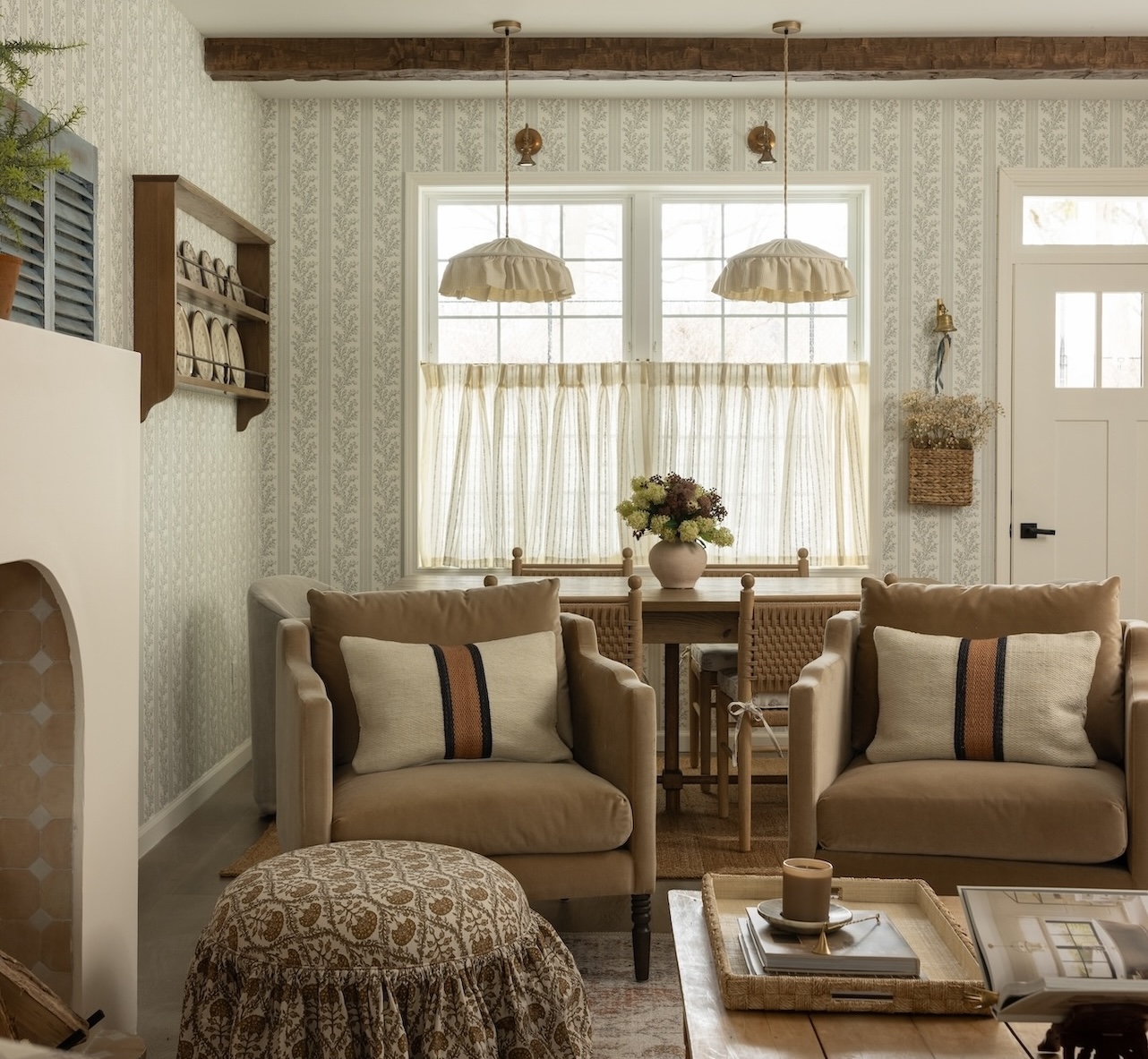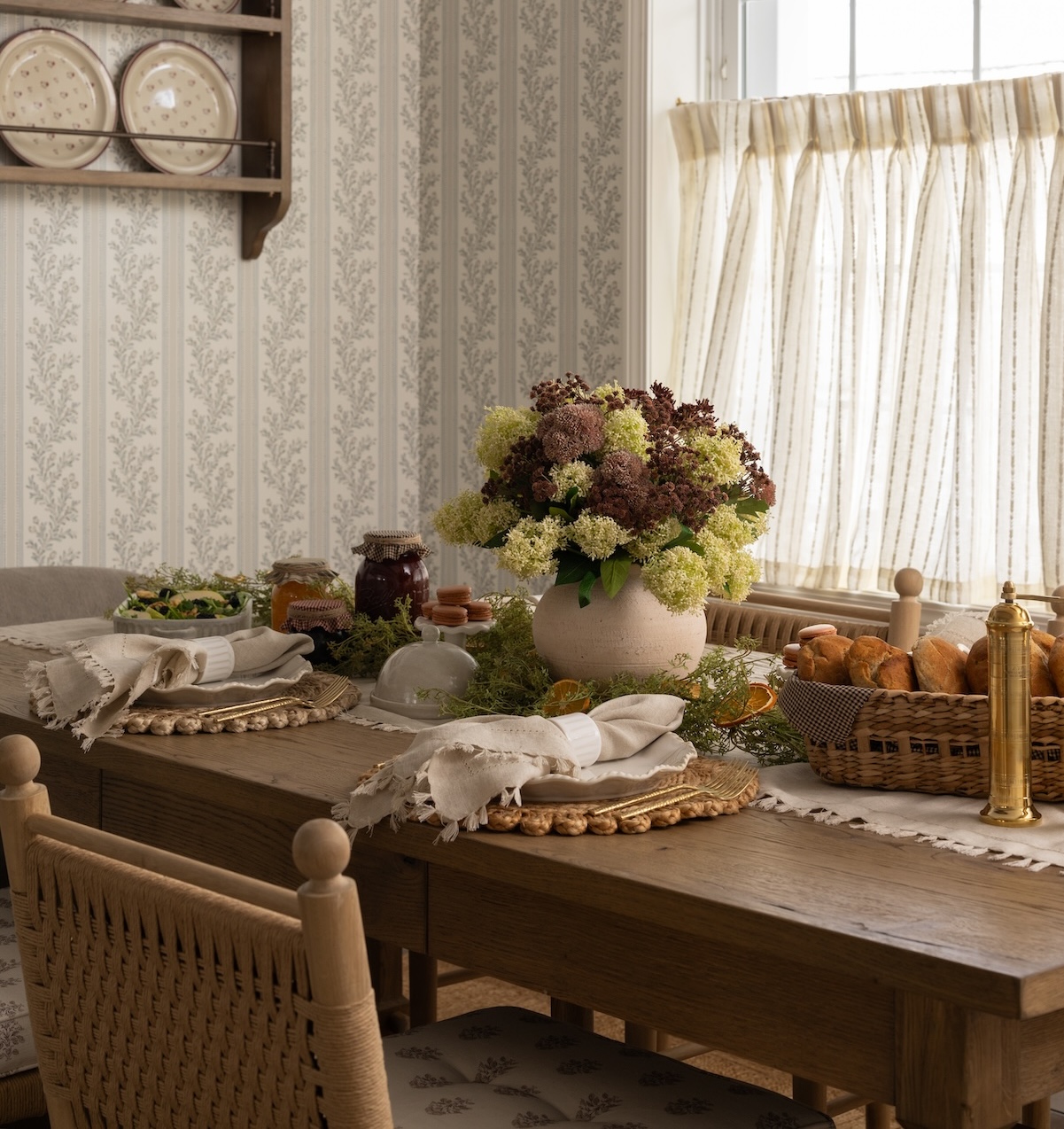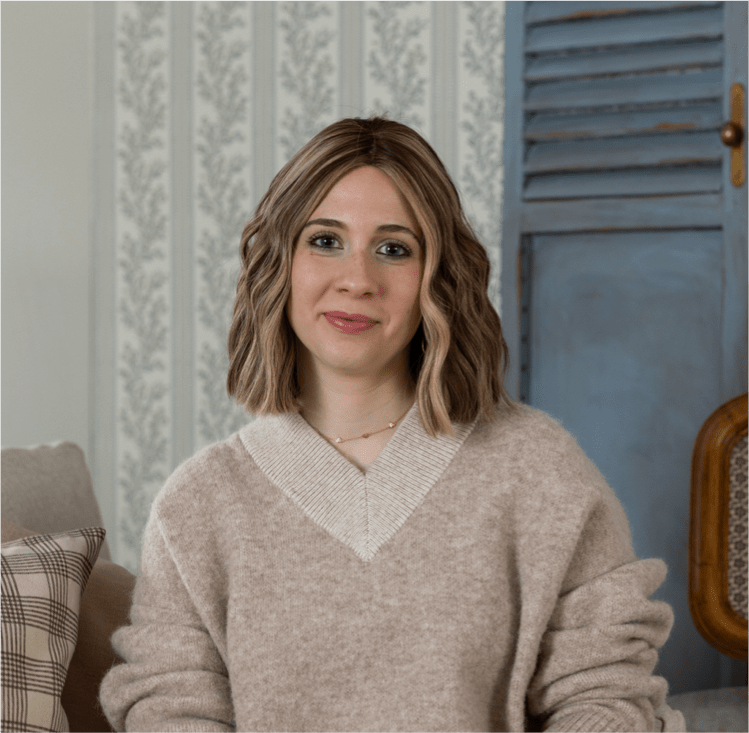Step into almost any Jewish home today, and you’ll likely find crisp white walls, glossy surfaces, and sleek furniture.
But was it always this way? Traditionally, Jewish home design was characterized by rich textures, warm colors, and a sense of coziness. However, these days, black, white, and beige modern minimalism has become highly popular in Hasidic communities for practical, social, and emotional reasons—safety, comfort, and ease. It feels like the “safe choice.”
In this article, we’ll dive deeper into the evolution of Jewish homes, the rise of modern minimalism, and the current trend of rediscovering warmth and tradition in our home design.
A Look at the Past: How Jewish Homes Used to Feel
Back in the day, people lived with what they had, and everything they owned was cherished. If you were looking to get a quilt, tablecloth, or drapery, you would either go to the market and find one or two options, or you would have something custom-made by a seamstress.
Regardless, it was actually sewn for you—either by a seamstress, Mommy, or Bubby. Everything you needed was either custom-made for you or passed down as a family heirloom. There was no mass production, copy-pasting, or factory replacement.
Automatically, every space had character and a personal touch. This was true for both the poor and the wealthy—the poor had less, while the wealthy simply had more.
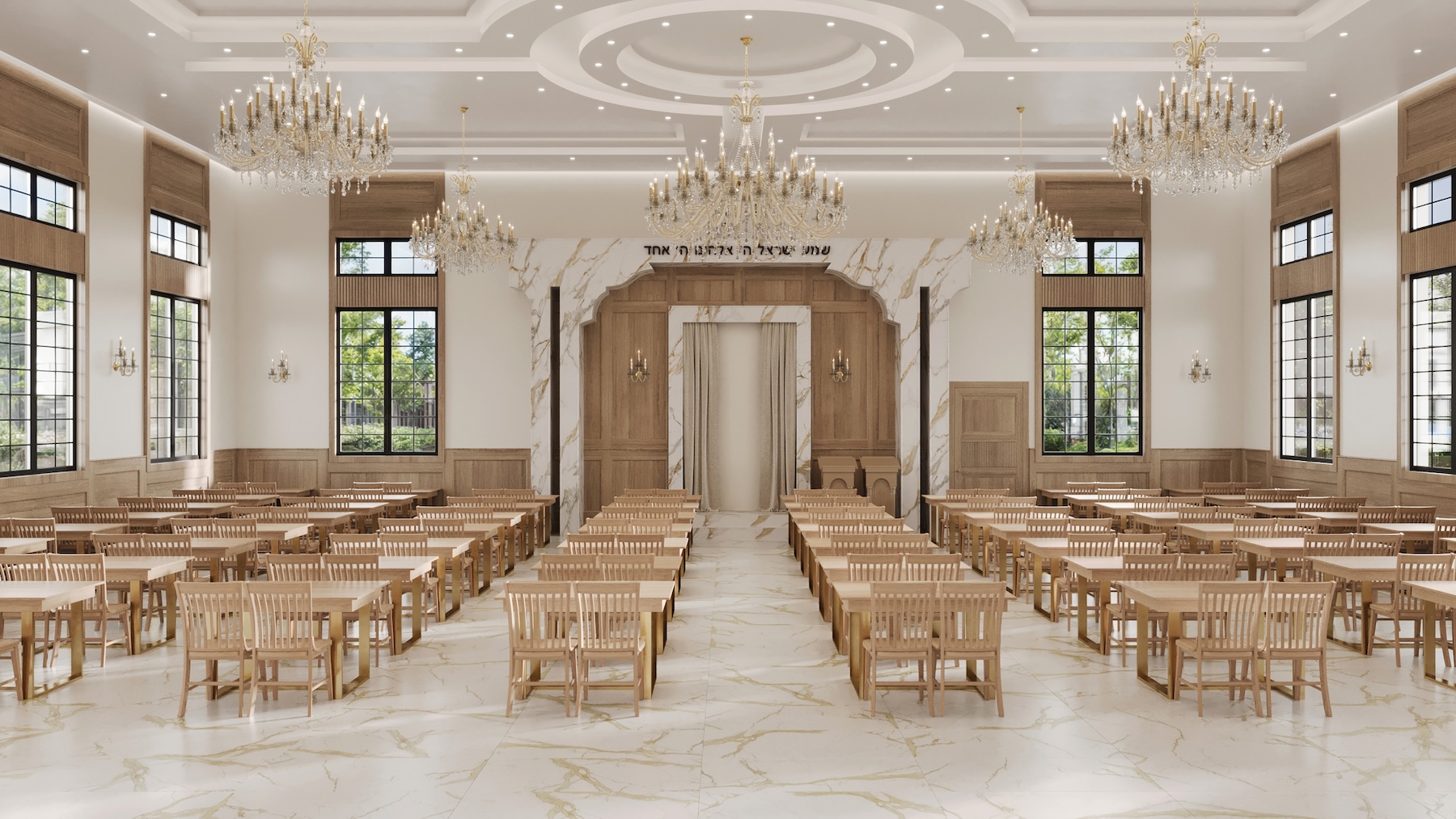
Think about our shuls. Back in the day, they were all about warmth and richness—intricate woodwork details, rich colors, and carpeting that added so much depth, made the space feel special and inviting, and contributed to a sense of community.
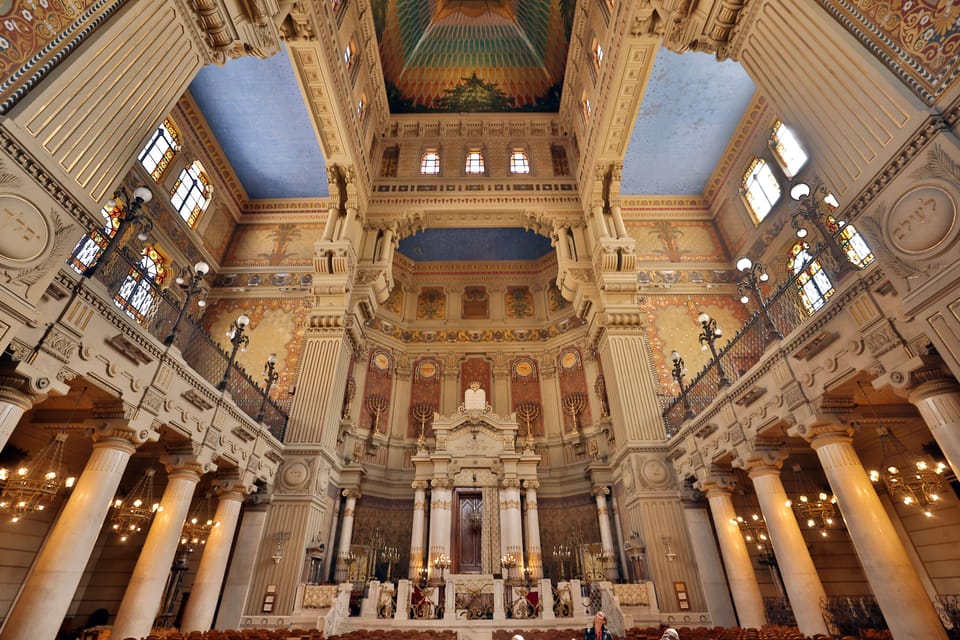
The architecture was beautiful, and the lighting was magnificent. On the other hand, today, walk into most shuls, and honestly, they feel a little cold and unwelcoming. Cold materials, tiled walls and floors, bright LED lighting, and minimal detail. Where has the depth gone?
This shift in our sacred spaces mirrors what’s happening in our homes. We’ve moved from cozy, detailed designs to more minimalist, and sometimes colder, aesthetics. We’re coming to a point where it’s worth considering how these changes affect the warmth and comfort of our living environments.
The Safe Comfort of Black and White
I have found that many people try to stay away from details, prints, colors, or designs with depth, preferring to keep everything simple, clean, and minimal. Black, white, and wood, or cream and white with just one pop of color—playing it safe, which feels risk-free.
Black-and-white modern minimalism is predictable and helps people feel aligned with their peers. In our close-knit communities, uniformity offers comfort—this trend feels ‘correct,’ is easy to maintain, and requires little risk. That’s why it has lingered for so long; it’s simple and universally accepted. But at what cost?
Homes are starting to feel sterile and impersonal. When did our homes become less about us and more about blending in?
I’m not writing this as a criticism of minimalism in design, but rather as an invitation to explore something deeper.
Sometimes, people just can’t seem to figure out what they like or what works for them. Other times, there are those who do know their preferences but are afraid of being ‘different’ or viewed as weird, so they end up doing things just to fit in.
Then there are those select few who know themselves well enough to understand exactly what they like and what serves them, and they go ahead and pursue it because it makes them happy, brings them joy, and makes their lives more practical. High five to you! Good for you!
Frum communities emphasize togetherness and uniformity in many aspects of life—dress, education, and even architecture. The rise of black-and-white modern interiors reflected this sense of uniformity, offering a “safe” and widely accepted aesthetic. But as more people are looking to explore warmer, layered, and personalized designs, it signals a growing comfort with expressing personal identity within the framework of communal values.
Just like our wardrobes—whether it’s avoiding statement pieces or sticking to the same safe styles everyone else wears—are often dictated by communal norms, home design has long followed that same pattern. There’s the preference for black, white, and wood in every space, the avoidance of intricate moldings or details, and the hesitation to mix patterns and textures for fear of it looking “too much.”
But recently, we’re seeing more and more families gravitate toward interiors that feel personal, cozier, and layered with textures—spaces that tell their story. It’s an evolution that mirrors a broader shift in how we embrace individuality while remaining deeply connected to tradition.
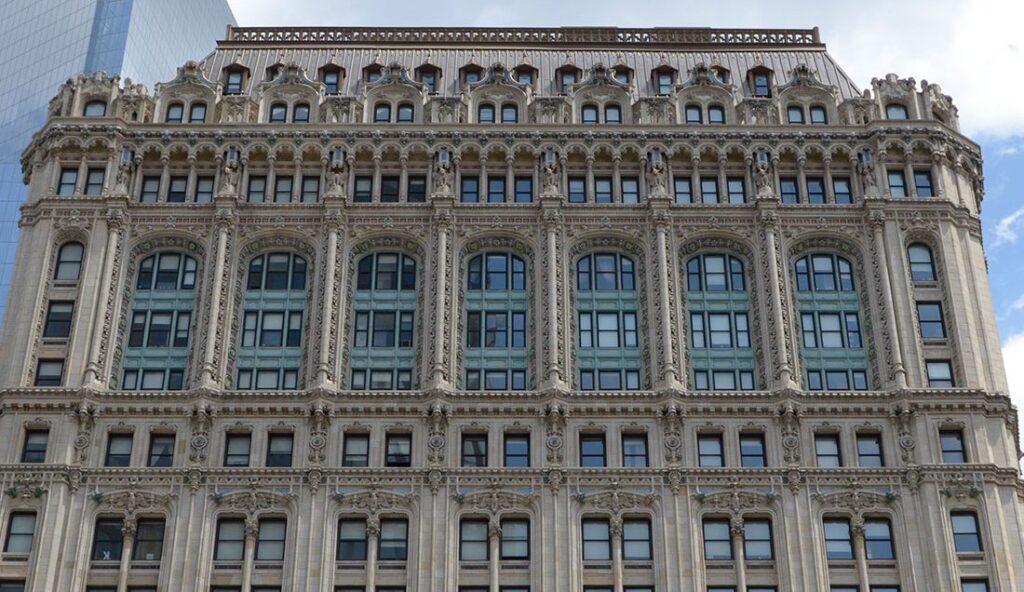
I like to take inspiration from old architecture, European and cottage-style coffee table books, and vintage designs.
For some reason, I’m drawn to them. They hold a lot of warmth, depth, and meaning. As far back as I can remember, I’ve always been drawn to old beauty. I remember as a young girl walking down the streets of Lower Manhattan, with so much appreciation in my heart for what the architects of old brought to us!
I still have developed photos I took of the 90 West Street building and the Woolworth Building! I used to stare at those pictures for hours on end. I remember hanging them next to my desk in school as part of a collection of many other beautiful images, where I would escape when the lessons didn’t interest me. A lot of thoughts, ideas, and dreams were developing in my head as I stared at my collaged wall.
Later, as an adult, I learned that those buildings are known for their stunning Gothic architectural style—dramatic, ornate, and intricate stonework. The 90W is a beautiful historic building with incredible architectural details, and the Woolworth Building is now a designated New York City landmark.
I’m not here to dictate what’s right or wrong. I encourage you to explore, discover what you like, and be true to yourself. If black and white resonates with you, then by all means, embrace it. But if your instincts nudge you toward more—more color, more warmth, more personalization—don’t hesitate to express yourself.
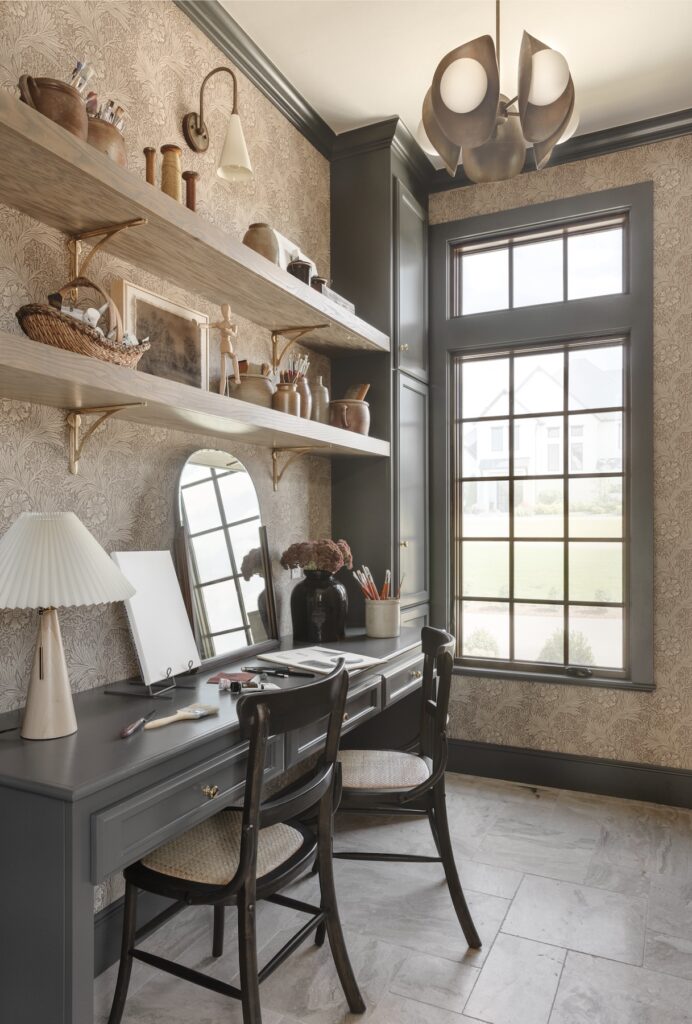
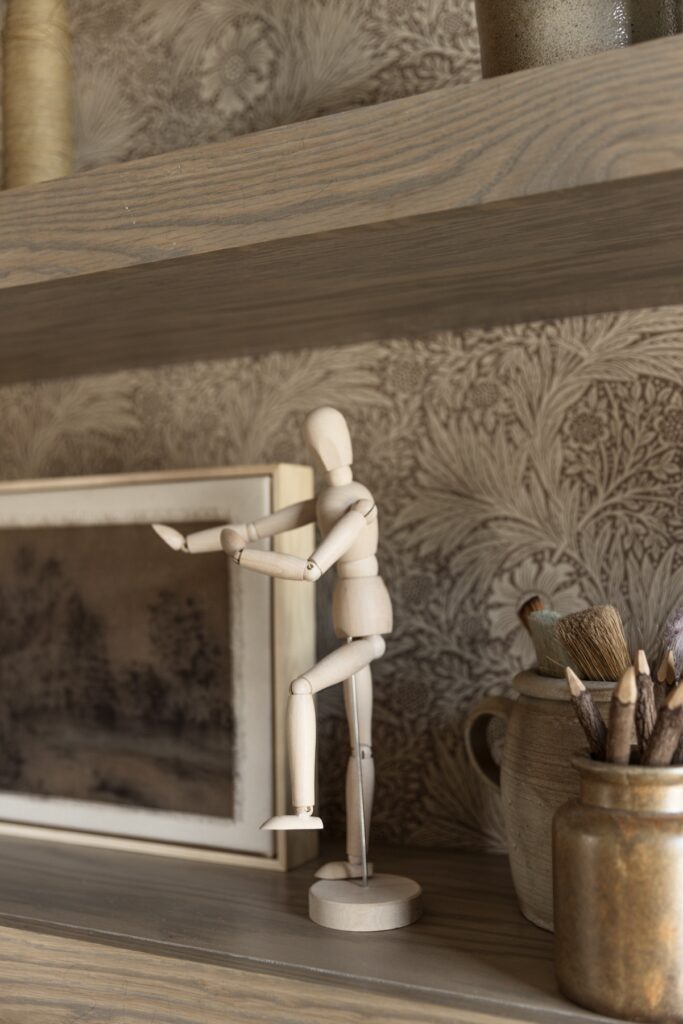
Warmth can come from a wool throw draped over the sofa, a well-worn wooden children’s table in the playroom that bears the marks of creativity and shared memories that feel like home, or the soft glow of a lamp instead of harsh overhead lighting.
Personalization might mean displaying a framed handwritten family recipe in the kitchen, installing a doorknob or hardware from a childhood home in a new space, or embedding a child’s handprint into a tiled backsplash. It could also mean setting up a mini indoor garden for your love of nature, designing a coffee or tea station for your love of brewing and tasting, or creating a space for your workout.
Maybe it’s setting up a music corner with instruments that inspire you or displaying artwork that reflects your journey. Or layering fabrics and patterns that remind you of places and people you love. Carving out a spot for your favorite hobby—whatever brings you joy.
You’re uniquely you, and that’s beautiful!
The Psychology of Home Design: How Spaces Affect Us Emotionally
Home design goes beyond mere aesthetics—it profoundly impacts how we feel, behave, and interact as individuals and as families. The design of our spaces affects our mood, energy levels, and even family dynamics.
Color psychology, for instance, plays a significant role in how we feel within our homes. Warm tones—like earthy reds, soft yellows, and golden oranges—are often linked to feelings of warmth, comfort, and security. These colors are inviting.
On the other hand, blue is linked to clarity, calm, and spirituality, making it an ideal choice for creating a peaceful, serene environment. White, associated with purity and simplicity, brings a sense of peace and spaciousness but it may lack warmth on its own unless it’s balanced with other textures or colors.
In contrast, stark black-and-white minimalist designs may evoke feelings of order and cleanliness, but they can sometimes feel cold or impersonal.
When our homes lack warmth or personality, it can be harder to connect with the space on an emotional level, especially when it comes to fostering family bonds.
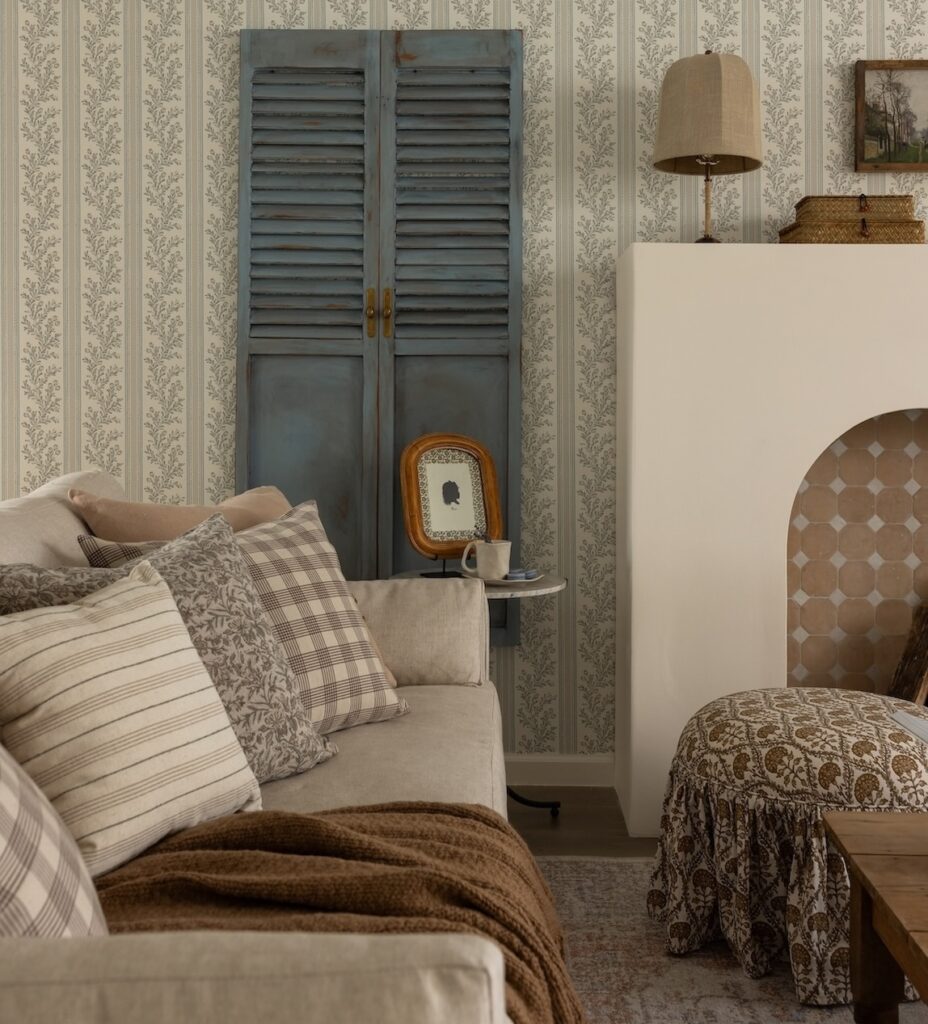
When it comes to personal spaces like bedrooms and the family living room, the textures we surround ourselves with play a big role in how we feel and interact within these spaces.
As much as we crave order and tidiness, there’s something deeply comforting about a space that invites us to relax and be ourselves. I personally love to have a bunch of throw pillows and soft blankets on the sofa, or in a wicker basket beside it.
This style—what I like to call the “clean mess”—is a beautiful combination of comfort and style. It might look a little lived-in, but that’s exactly what makes it feel warm and inviting. Talking about the aspect of tactile comfort and sensory design here. There’s actually psychological value in this “clean mess” approach.
Throw pillows and blankets contribute to tactile comfort, one of the most important elements in making a space feel cozy and safe. Soft textures, like those of plush pillows, rugs, or woven throws, signal comfort and security, evoking emotions of warmth and relaxation.
This approach also taps into the idea of controlled chaos, where the sense of messiness is actually a form of comfort. It reflects a lifestyle that values lived-in beauty and doesn’t aim for sterile perfection. The beauty of throw pillows and blankets is that they can be quickly tidied up and tucked away—yet they still create that welcoming, “homey” atmosphere.
By blending soft textures and creating spaces where comfort reigns, we allow ourselves to create environments that encourage deeper family connections and personal well-being. This isn’t just about aesthetics—it’s about fostering an emotional bond to our surroundings, one that tells the story of our lives and brings joy to our everyday moments.
More personalization and details don’t have to mean more clutter. A home should feel warm and lived-in, not overwhelming or chaotic. The key is finding the right balance—keeping things clutter-free while still allowing space for the pieces that make a home feel inviting and personal.
It’s not about filling every corner but about curating meaningful touches that bring comfort, warmth, and a sense of home.
With our big families and hectic lives, constantly in and out of Simchas and Yom Tovs, we need our spaces to be functional and well-lit. A hundred percent, I agree. But what often happens is that we overload our ceilings with spotlights and harsh overhead lighting. Sure, it’s bright, but it can also feel like an operating room.
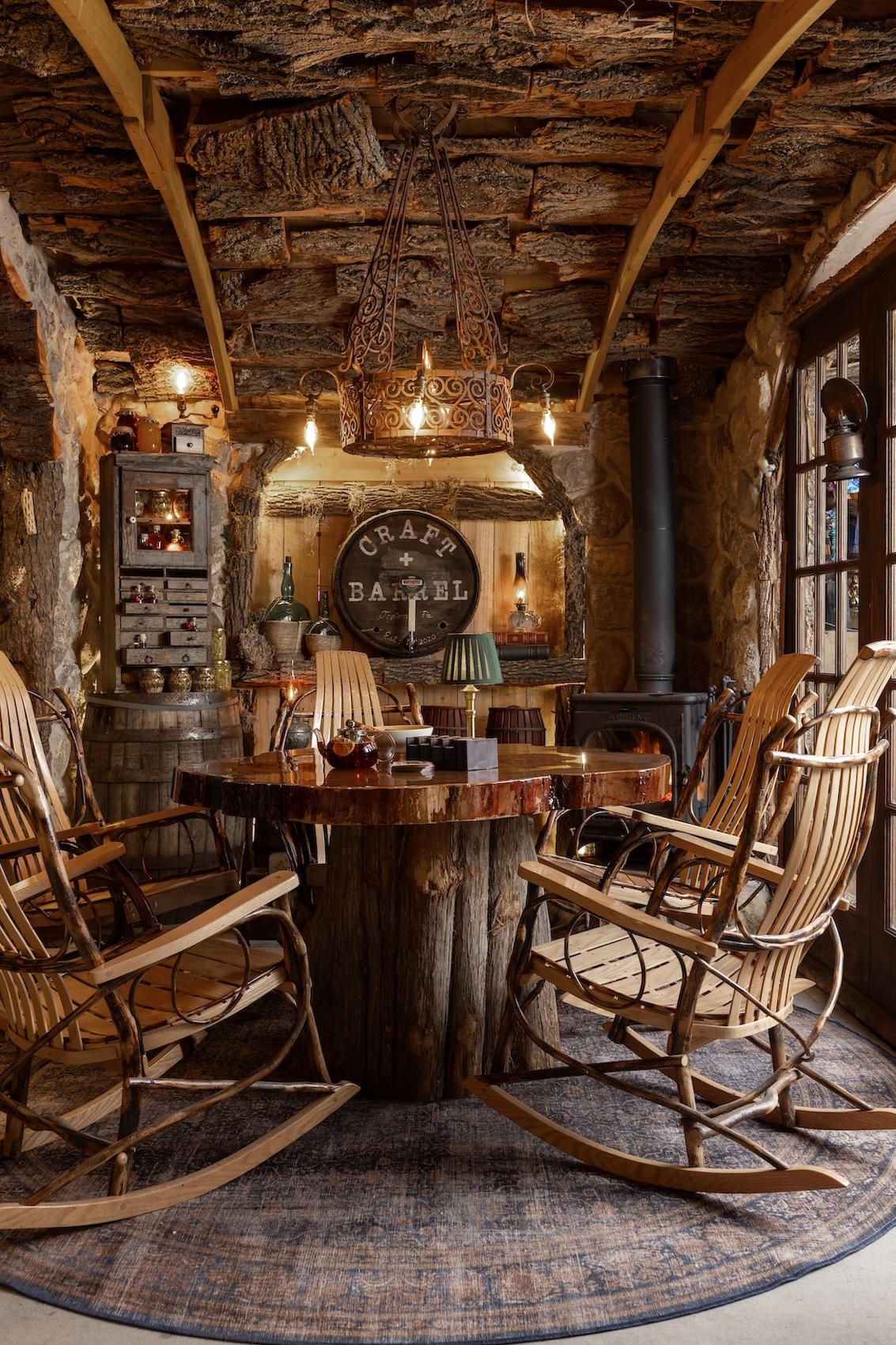
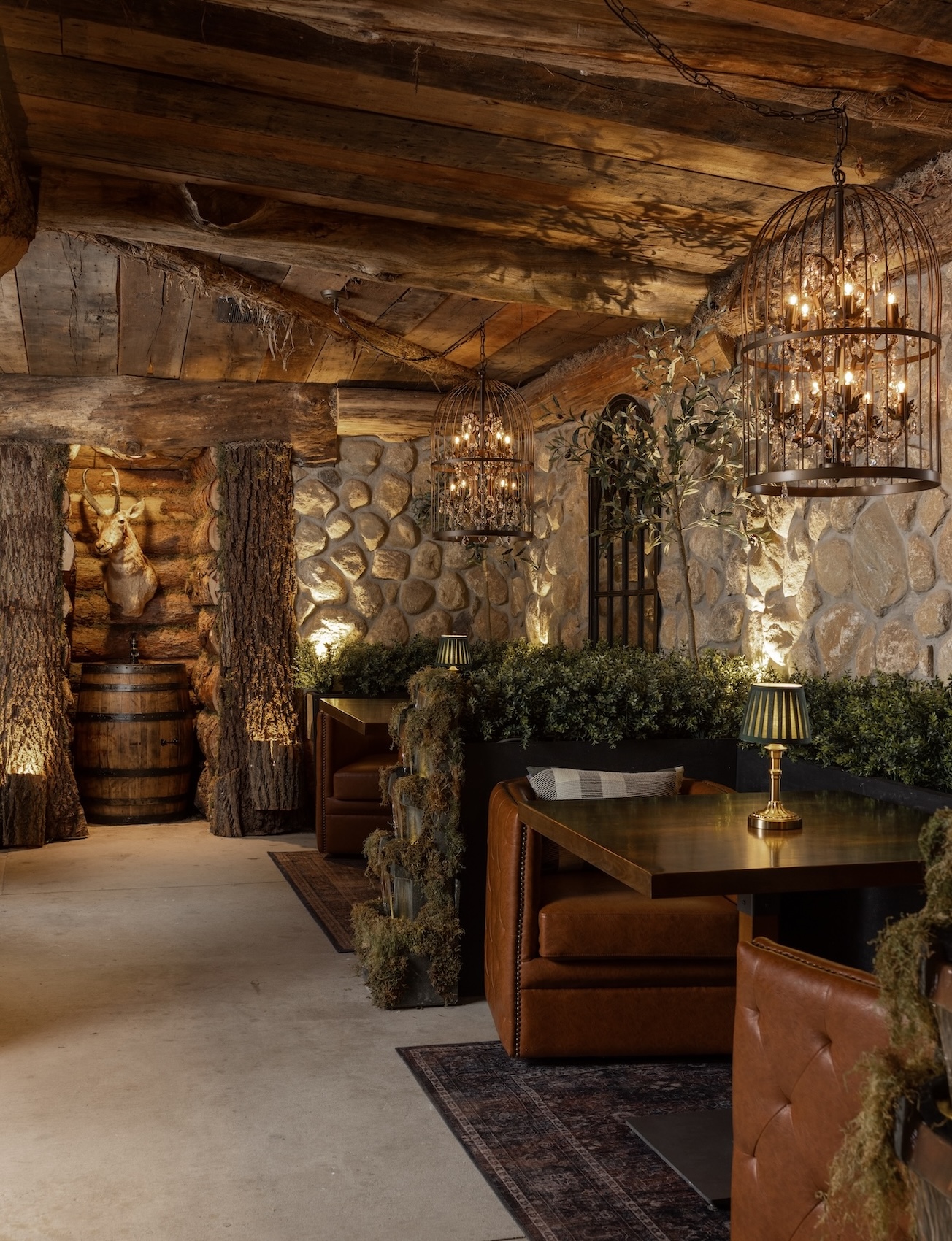
What we really want is ambiance, not just brightness. Ever wonder why everyone loves eating out? It’s not just the food, it’s the atmosphere. When lighting is softer and layered, it feels inviting, even romantic.
That’s why fire is so cozy; it’s warm, flickering, and never too harsh. Light shouldn’t come from one overwhelming source but from multiple layers; lamps, sconces, task lighting—creating a soothing, welcoming atmosphere, making the space feel lived-in and comfortable.
Jewish homes have always been places for gathering, prayer, and shared moments. Rich, layered designs like plush rugs and ambient lighting encourage relaxed conversations, shared meals, and family togetherness. In a way, the design becomes a silent partner in nurturing relationships. A space with depth and personality draws people in, creating deeper connections between family members.
So, when we look at the evolution of home design—whether it’s shifting from minimalist trends to more personalized, warmth-filled spaces—we’re not just seeing a change in aesthetics. We’re witnessing a shift in how we value comfort, how we want to feel in our homes, and how we want to nurture our families.
Embracing Warmth and Individuality
Fortunately, the world is taking a shift, moving towards comfy colors, softness, and designs that feel timeless and cozy. There’s a growing embrace of nostalgia and individuality in design. People are starting to long for that ‘comfort of home’ feeling and are seeking to infuse their homes with an inviting atmosphere. Slowly but surely, this shift is seeping into Hasidic communities as well.

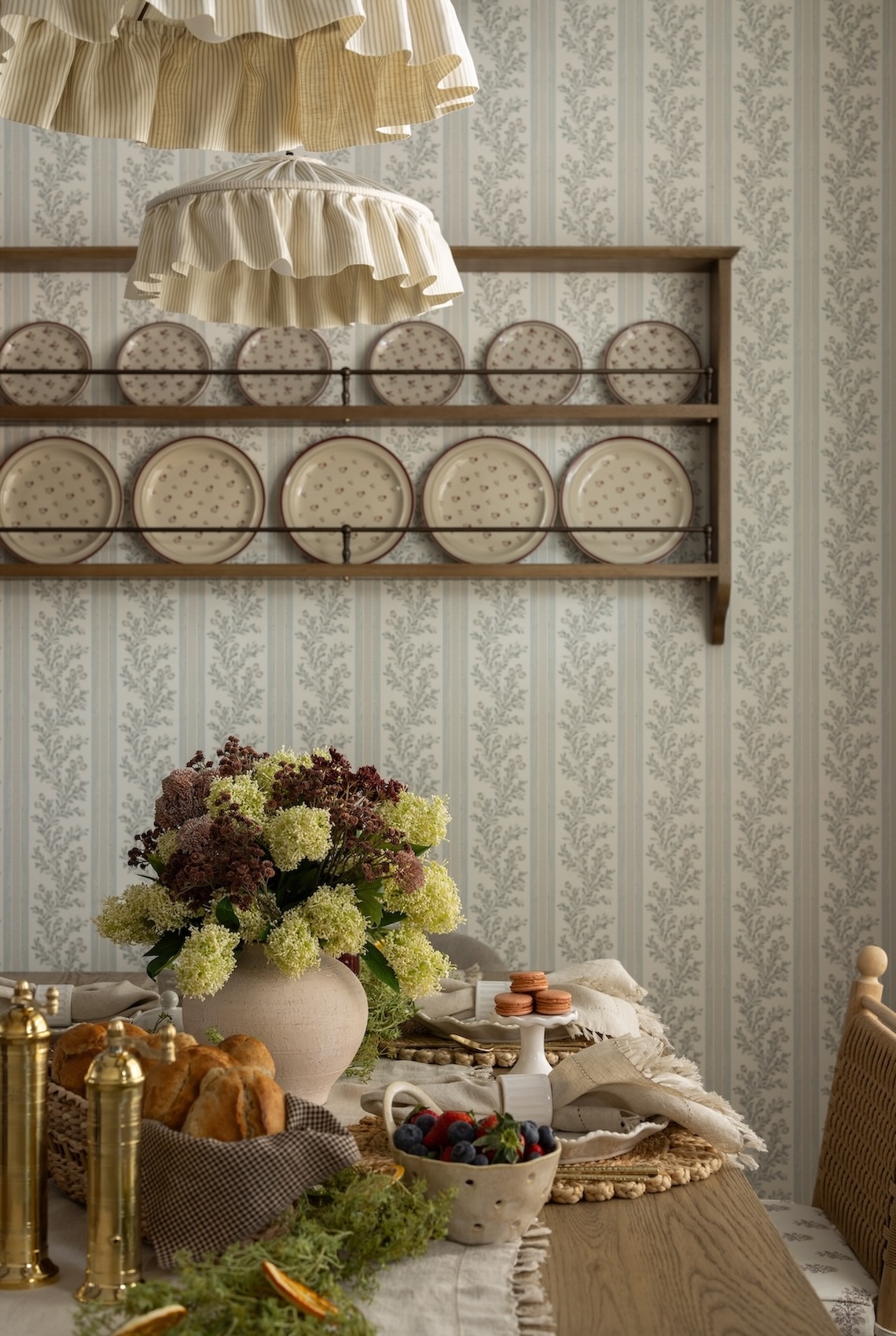
It’s a recent trend where younger generations are embracing and reimagining classic, traditional design elements, incorporating prints, ruffles, embroidered linens, and vintage furniture, creating a look that is both nostalgic and chic, with a focus on warmth and personality, contrasting the minimalist trends that were previously popular.
You’ll notice a growing preference for vintage, cottage-inspired, and timeless styles that feel refined yet fresh. For example, shiplap is replacing simple sheetrock walls, adding texture in a subtle, enduring way.
There’s also a renewed love for skirted furniture, florals, and patinated metals in light fixtures and hardware—elements that have quietly held up and remained relevant over the years. We’re seeing more spaces embrace head-to-toe color rather than just bold pops, with florals making a comeback and prints taking center stage. Soft curves in furnishings, skirted details on sinks, and café curtains are also reemerging.
These design features and styles have stood the test of time, remaining appreciated even when they weren’t at the forefront of trends. They may not have always been loudly celebrated, but they’ve quietly maintained their charm and value.
Whether in grand or humble settings, they evoke a sense of intimacy and comfort, making spaces feel inherently lived-in and well-loved. Warmth, character, and coziness are becoming essential elements of home design, signaling not just fleeting trends but a fundamental shift in how we approach design altogether.
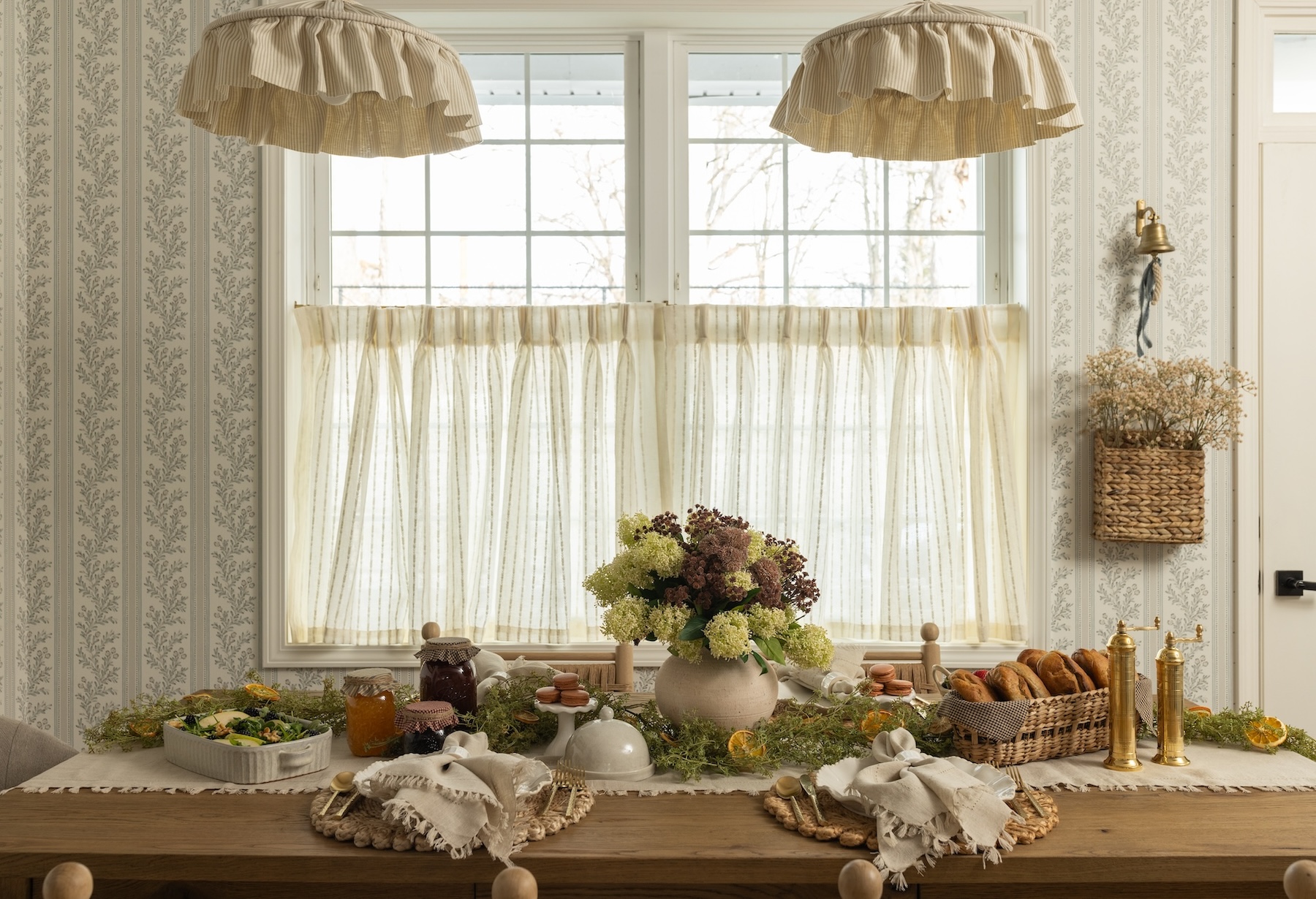
“To me, the enduring appeal of traditionalism lies in its timelessness. In an age of disposability and trends that come and go in the blink of an eye, there’s something deeply comforting about knowing that a certain Chippendale chair or hand-blocked Chintz fabric was just as beguiling in the 1780s as it was in the 1980s—and still holds its charm today.”
As Emma Bazilian so beautifully puts it in Charm School, this kind of design transcends the fleeting nature of trends, offering a lasting beauty that remains relevant and loved through the years.
Bringing Warmth and Character Back Home
Bringing warmth and character back into our homes doesn’t mean being radical or abandoning tradition—it’s about reconnecting to something deeply rooted in us. Yiddishkeit is inherently warm and rich with meaning, and our spaces should reflect that. It’s about finding new ways to infuse warmth, depth, and personalization into our homes—creating spaces that embody the joy, vibrancy, and values that make our lives truly meaningful.
A well-designed space isn’t about following a formula or fitting a mold—it’s about creating a feeling that tells your story and allows you to thrive. Before I start designing for a client, I always ask, “How do you want the space to feel?” It’s a question that guides every decision. A home isn’t meant to blend in with every other house in town; it’s meant to feel uniquely yours.
I love it when clients aren’t afraid of color, or new designs, or expressing themselves, or taking risks, or embracing new ideas. And I especially love it when clients want their space to have that extra sense of themselves—it’s what makes a house feel like a home.
Now, I’m not about over-the-top extremes, and I certainly don’t go for bright and flashy colors or bold weirdness—designs that try too hard to be artsy or unique but end up feeling chaotic and unbalanced, like a living room with oversized high-contrast zigzag walls or a ceiling painted in random patterns of jagged shapes that don’t complement anything in the room.
Instead, I love classic, vintage, and timeless design—like a kitchen with honed marble countertops, un-lacquered brass hardware that develops character over time, and a handmade tile backsplash that feels both grounded and enduring.
Or a library nook with custom built-in bookshelves, a well-worn leather chair with a spindle back, softly lit by a patinaed table lamp—a space that feels like it holds stories beyond the ones on its shelves.
What Does Self-Expression Look Like in Design?
Individuality and self-expression in design are about tapping into your true self. Your interests and joys deserve to shine. It means that if you’re a bookworm, or if your kids love to read, you should have a space in your home that reflects that—supports it, and makes it even more fun and convenient.
If it’s something you do on a daily basis, don’t hide it—keep it within reach and dedicate a space for it. I love it when I walk into a home and can already feel what type of people live there and what lifestyle they lead.
A family who travels a lot can hang a gallery wall of family photos mixed with meaningful mementos from travels and life milestones. Spaces become more meaningful when they reflect what you love, your family values, and tradition. Artwork of your most admired rabbi, or your favorite Mitzvah.
Make the space yours; don’t be afraid to own your space. Let go of external expectations and embrace your true self.
For example, we once sourced a faucet for a client with white porcelain and blue floral trimming on the faucet neck. Although it doesn’t follow the modern trend of a sleek solid gold faucet, for my client, it’s like a pat on the back every morning when she turns on the water.
The faucet, with its color that makes her smile, adds a personal touch that’s meaningful to her, making her daily routine feel just a bit more special. How nice is that?
To me, the ideal home is cozy, warm, and personal. Doesn’t a Jewish home deserve these adjectives? How do we want our children to remember home? It’s the Shabbos smells, the joy by the fireplace, the laughter and singing around the family table.
A home isn’t a wedding hall with “look-at-me-but-don’t-touch-me” shiny objects, oversized tiles, and minimalist details; warmth is created through thoughtful details—layered lighting, lamps, drapery, rugs, prints, wooden textures, a fireplace, and maybe even some worn-out family heirlooms or antique elements.
Think of your childhood home—what made you smile? What gives you that tickle in the pit of your stomach and that warm, nostalgic feeling?
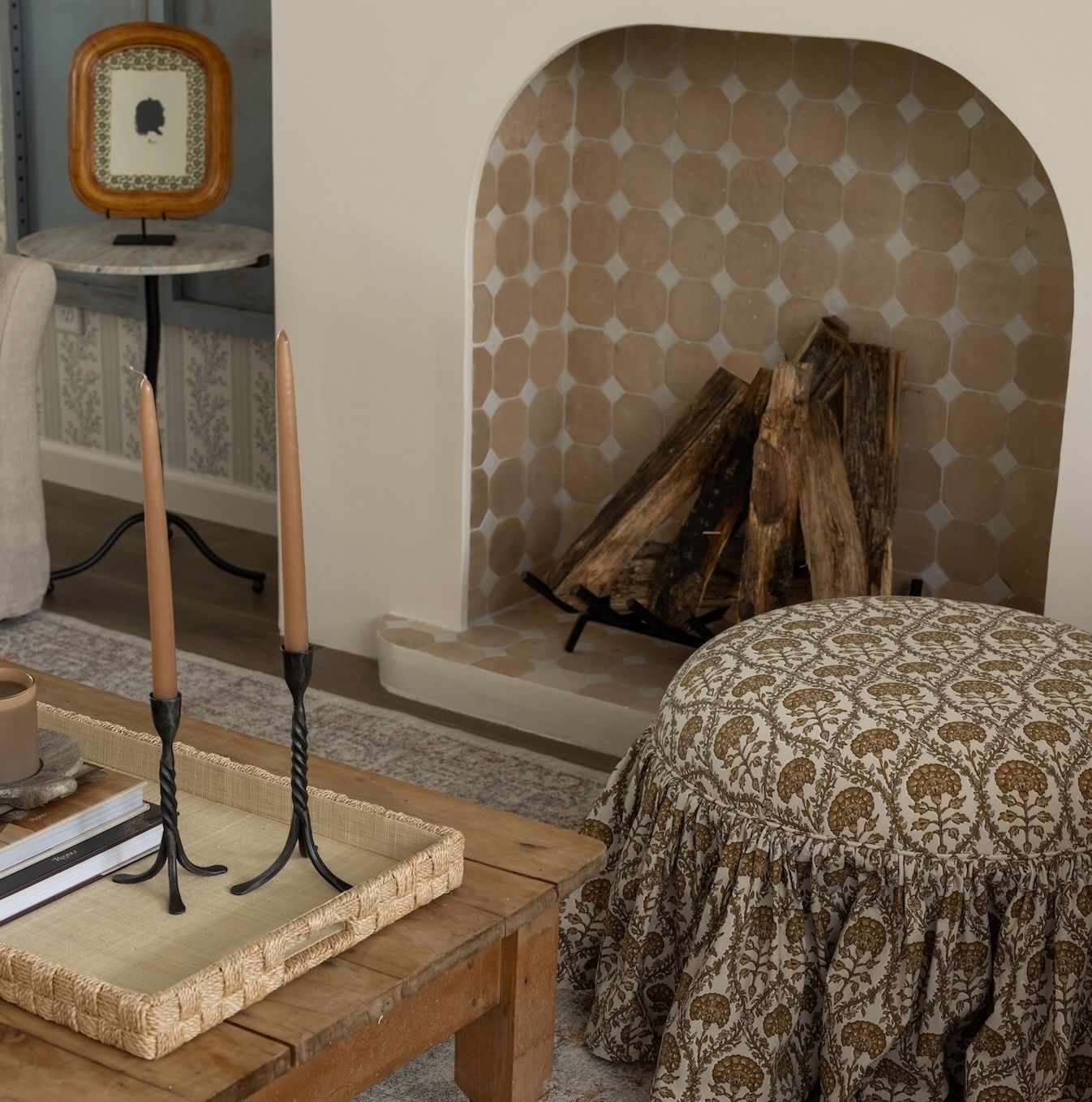
Beyond their beauty and storied look, antiques hold practical appeal for me. They age gracefully, with added marks of little humans and family life, adding depth and personalization.
I love it when a space looks like it has soaked up years of meaningful moments, seen through beautiful patina and a little wear. Having a family with kids doesn’t mean sacrificing beauty; choose practical yet beautiful furnishings and finishes, and embrace the patina and surface scratches that come with a well-lived-in home.
They’re calling it ‘modern vintage’ now—basically, old with a mix of the new new. It’s like Grandmillennial, a style reflecting the younger generation’s love for vintage-inspired interiors with a contemporary feel.
It appeals to those who appreciate timeless, cozy, and nostalgic interiors but want to avoid feeling outdated. It’s a response to the stark minimalism of the 2010s, embracing a “lived-in,” personality-filled approach to design.
If you love modern but still want that cozy, lived-in feel, mix it up. Throw an antique dresser under a sleek, modern mirror. Hang contemporary art over vintage wallpaper. It’s your space, your style—make it feel like home!
